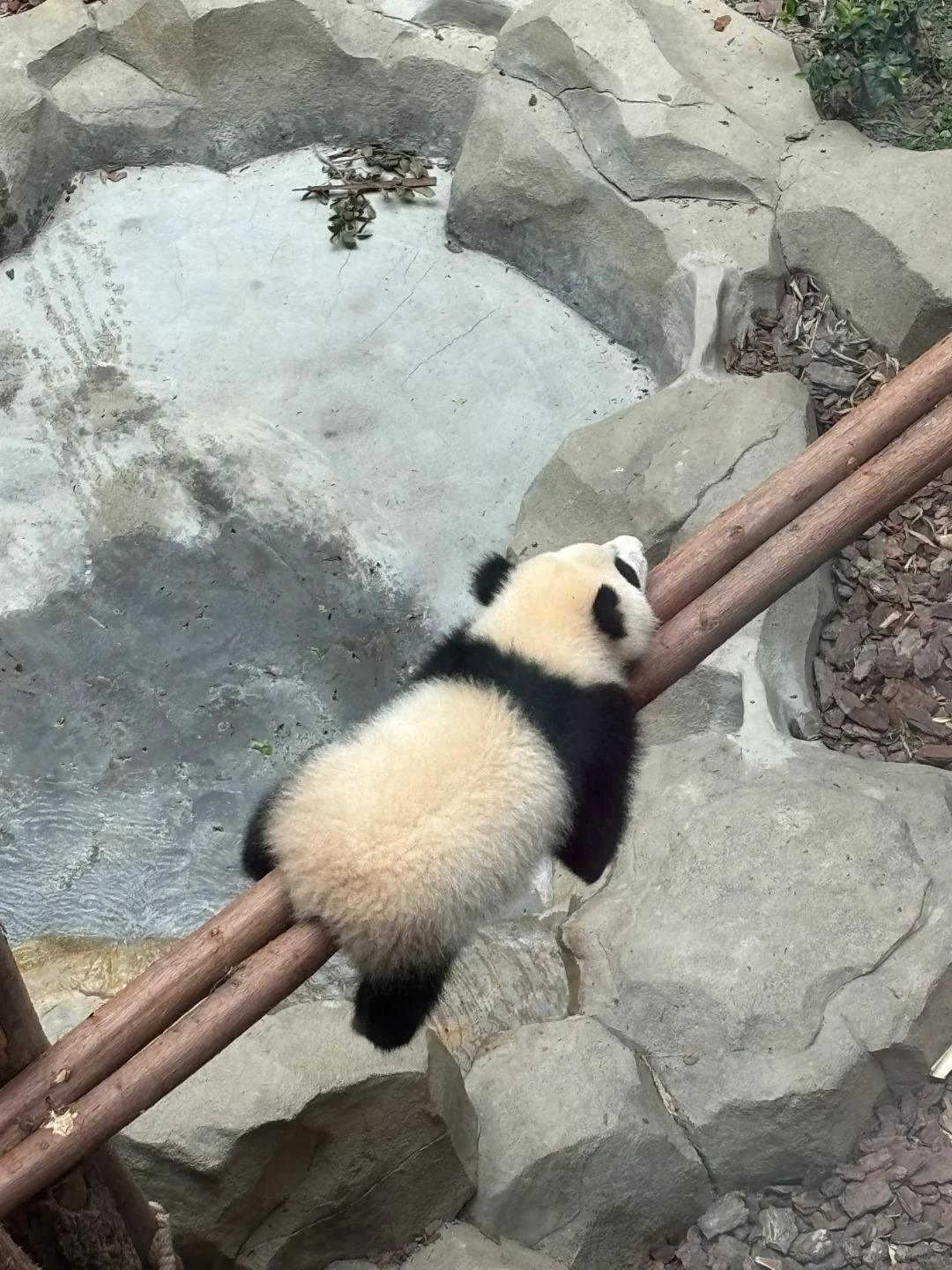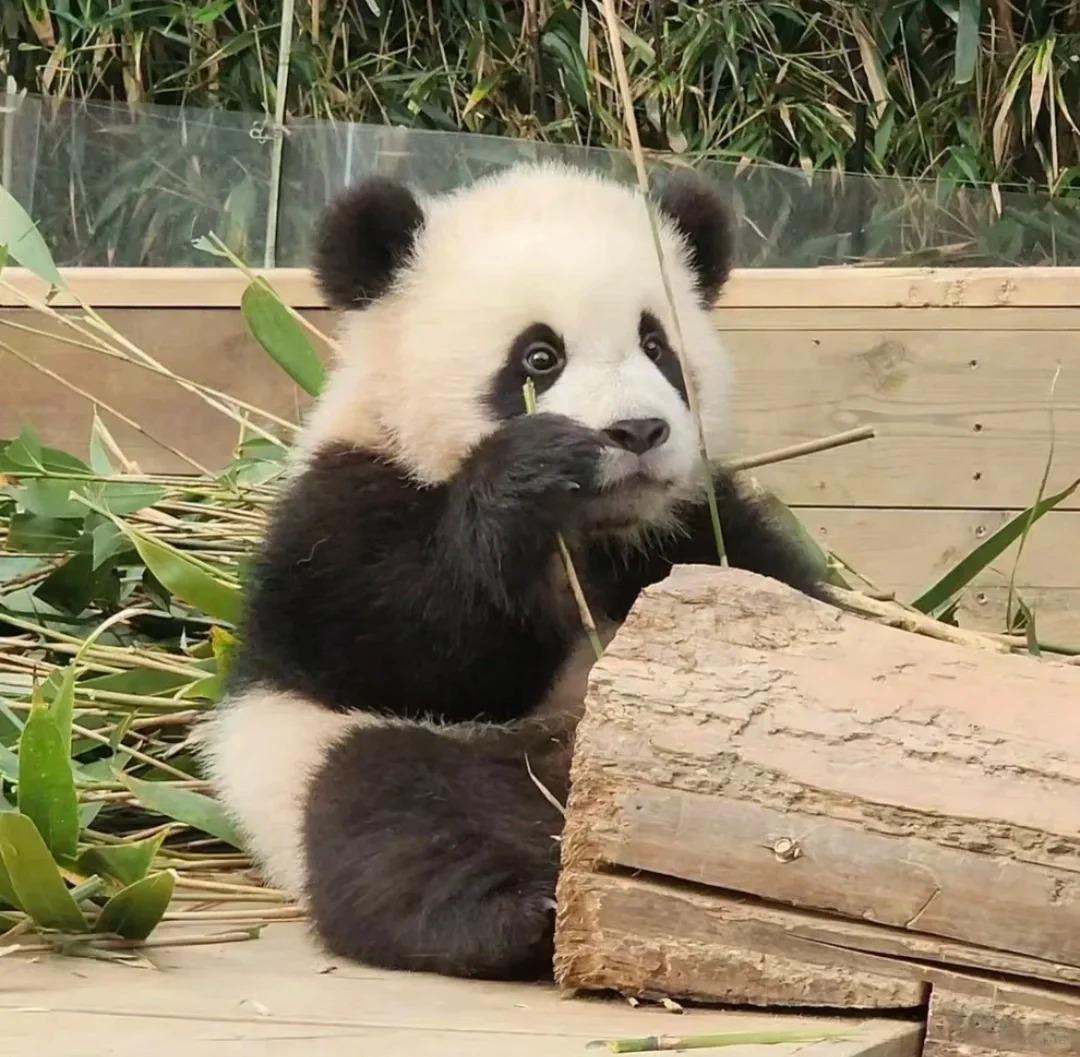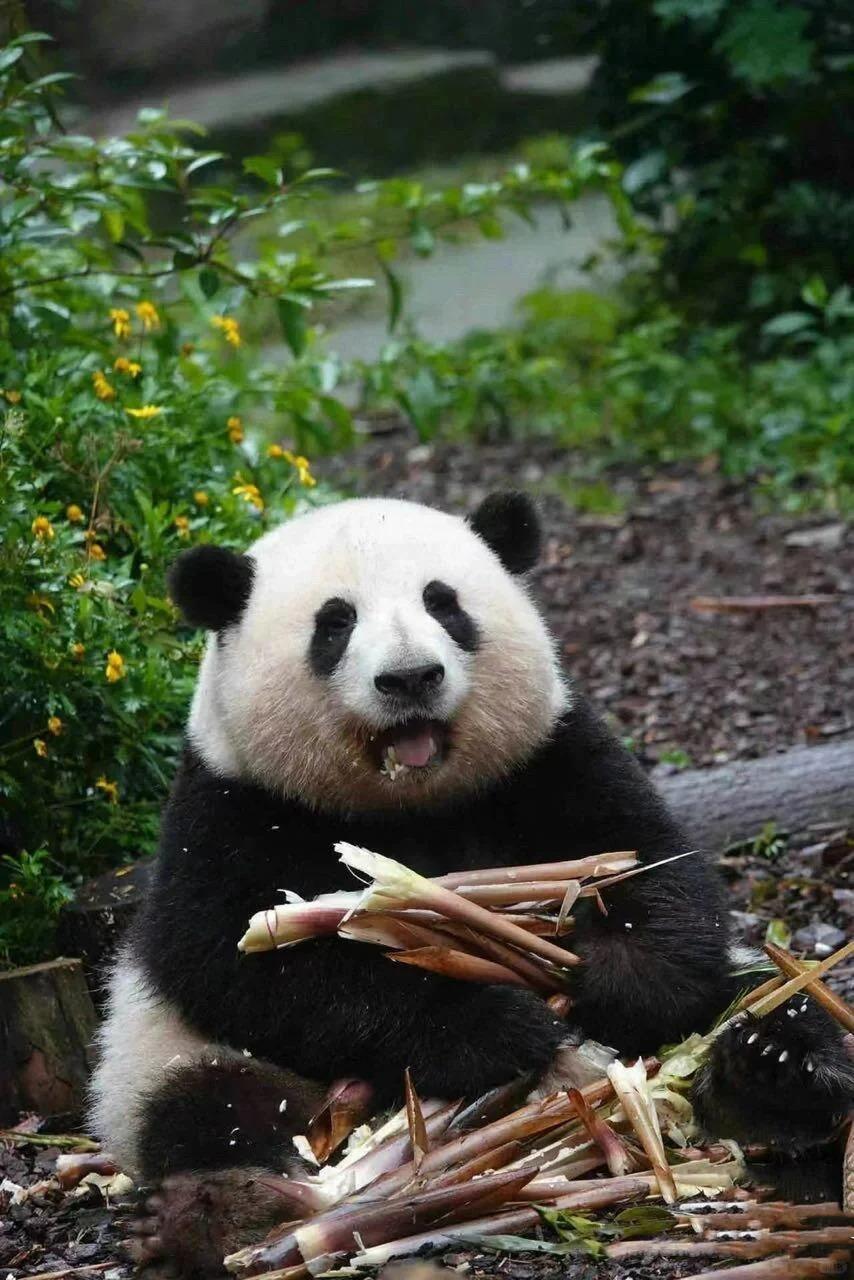Introduction to Baby Pandas
Giant pandas, once on the brink of extinction, have become a global symbol of conservation success. These iconic black and white bears, native to China’s bamboo forests, have captured hearts worldwide. The birth of each panda cub represents a crucial step in ongoing efforts to preserve this vulnerable species, marking a beacon of hope for biodiversity conservation.
The Early Life of a Panda Cub
Newborn pandas are a marvel of nature:
- Weighing only 90-130 grams (about the size of a stick of butter)
- Pink, hairless, and blind at birth
- Entirely dependent on their mothers
| Age | Milestone |
|---|---|
| 1 week | Black patches begin to appear |
| 1 month | Body covered in black and white fur |
| 2 months | Eyes open |
| 6 months | Begin eating bamboo |
| 1 year | Weigh about 30 kg |
The survival of panda cubs faces unique challenges. In the wild, mothers often care for only one cub, abandoning the other if twins are born. Captive breeding programs have developed innovative techniques to ensure the survival of both cubs by alternating their time with the mother.

Panda Breeding Centers in China
Chengdu Research Base of Giant Panda Breeding
Located in Sichuan Province, this center is world-renowned for its successful breeding program and educational facilities. Visitors can observe pandas of all ages in naturalistic enclosures.
Bifengxia Panda Base
This newer facility, also in Sichuan, offers a more secluded experience. It’s famous for its role in caring for pandas displaced by the 2008 Wenchuan earthquake.
Wolong National Nature Reserve
This reserve focuses on breeding and preparing pandas for release into the wild. While less accessible to tourists, it plays a crucial role in conservation efforts.
Visitors to these centers can expect to see pandas in various stages of development, from tiny cubs to adult bears. Many centers offer educational programs and viewing platforms for optimal panda-watching experiences.

Panda Cub Care and Development caretakers play a vital role in panda cub survival:
- Providing round-the-clock care for newborns
- Implementing specialized feeding practices, including formula that mimics panda milk
- Encouraging natural behaviors through enrichment activities
Panda cubs engage in playful behaviors that are crucial for their development, often wrestling with siblings or climbing on specially designed structures.

Conservation Efforts and Global Cooperation
Panda conservation is a testament to international collaboration:
- Breeding programs have significantly increased the captive panda population
- Partnerships between Chinese institutions and international zoos facilitate research and breeding efforts
- Reintroduction programs aim to bolster wild populations, with several captive-born pandas successfully released
Visiting Baby Pandas: A Traveler’s Guide
For the best panda-viewing experience:
- Visit between September and December, when most births occur
- Observe quiet hours and maintain a respectful distance
- Consider participating in special programs like “panda keeper for a day”
Photography Tips:
- Use a zoom lens to capture details without disturbing the pandas
- Avoid flash photography, which can startle the animals
- Be patient and observe quietly for natural behaviors

The Impact of Panda Tourism
Panda tourism has had a significant impact on local communities and conservation efforts:
Positive Impacts:
- Economic boost for regions hosting panda centers
- Increased global awareness of conservation needs
- Funding for research and breeding programs
Challenges:
- Balancing tourism with panda welfare
- Managing visitor expectations and behavior
Responsible tourism practices are crucial to ensure that panda viewing remains a positive experience for both visitors and the pandas themselves.
Baby pandas represent the future of their species and serve as ambassadors for wildlife conservation worldwide. As travelers, we have the unique opportunity to witness these incredible animals up close, contributing to their preservation through our interest and support. By approaching panda tourism with respect and mindfulness, we can play a part in ensuring that future generations will continue to be enchanted by these beloved black and white bears, while also supporting crucial conservation efforts in China and beyond.







